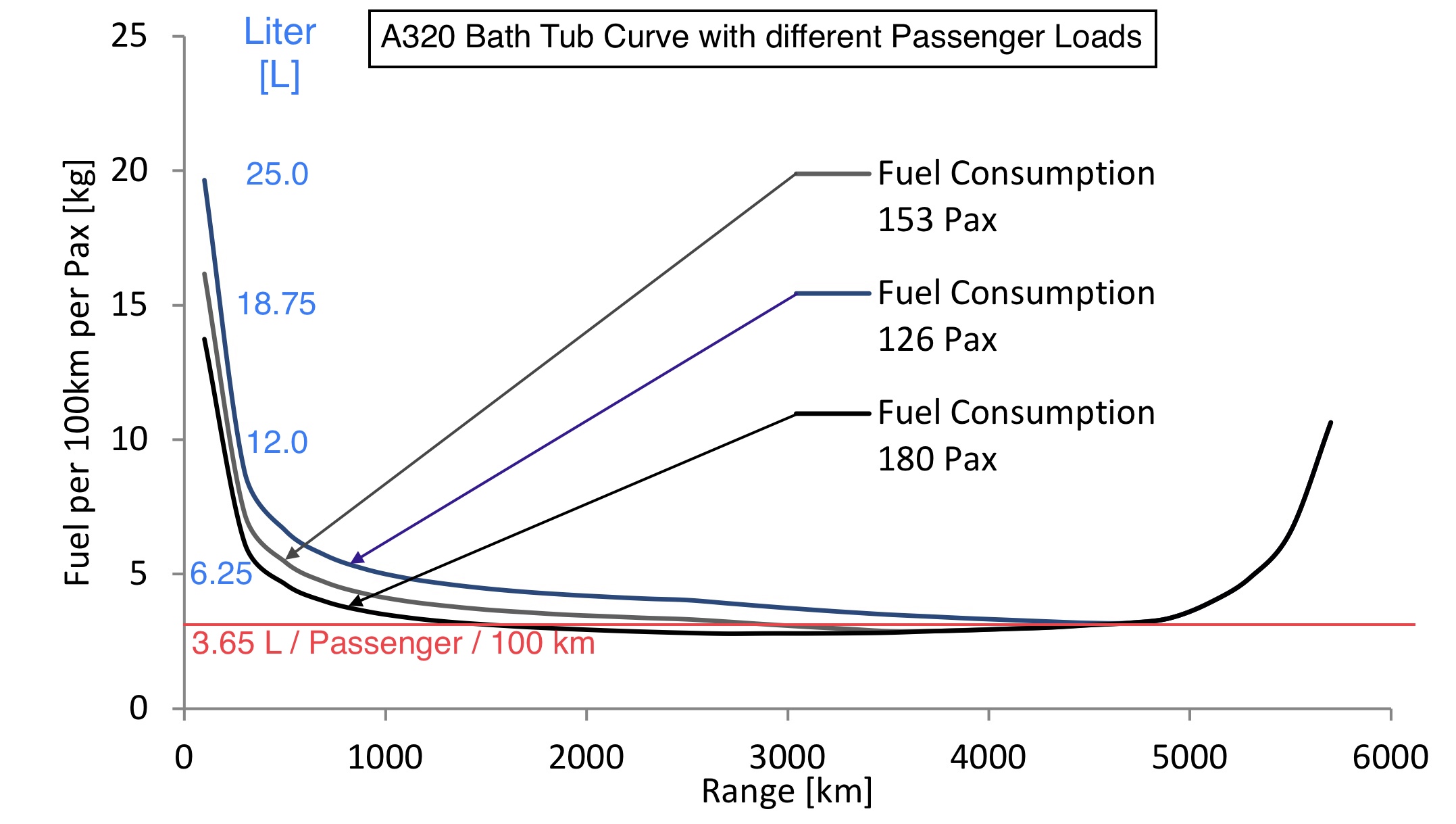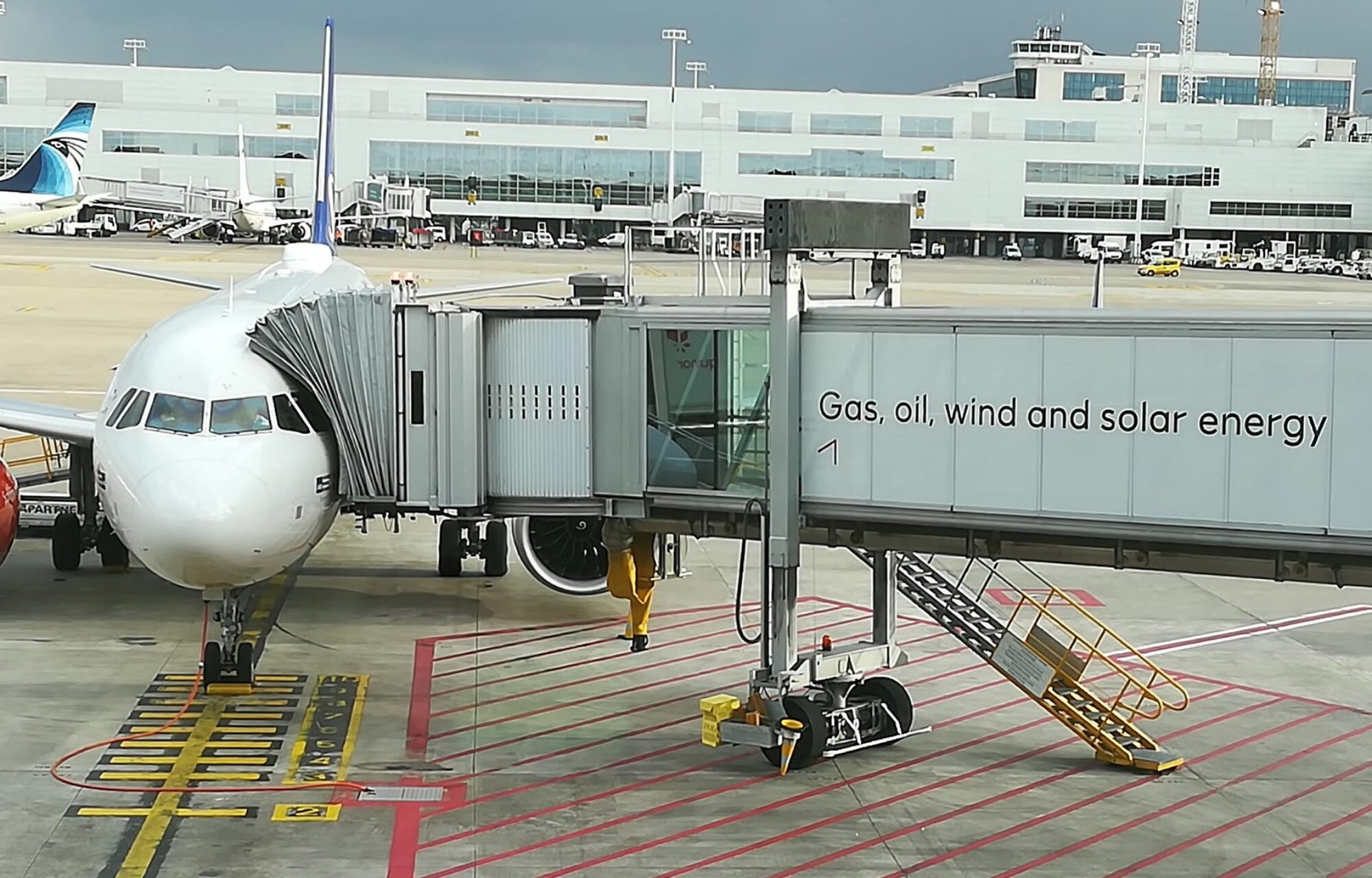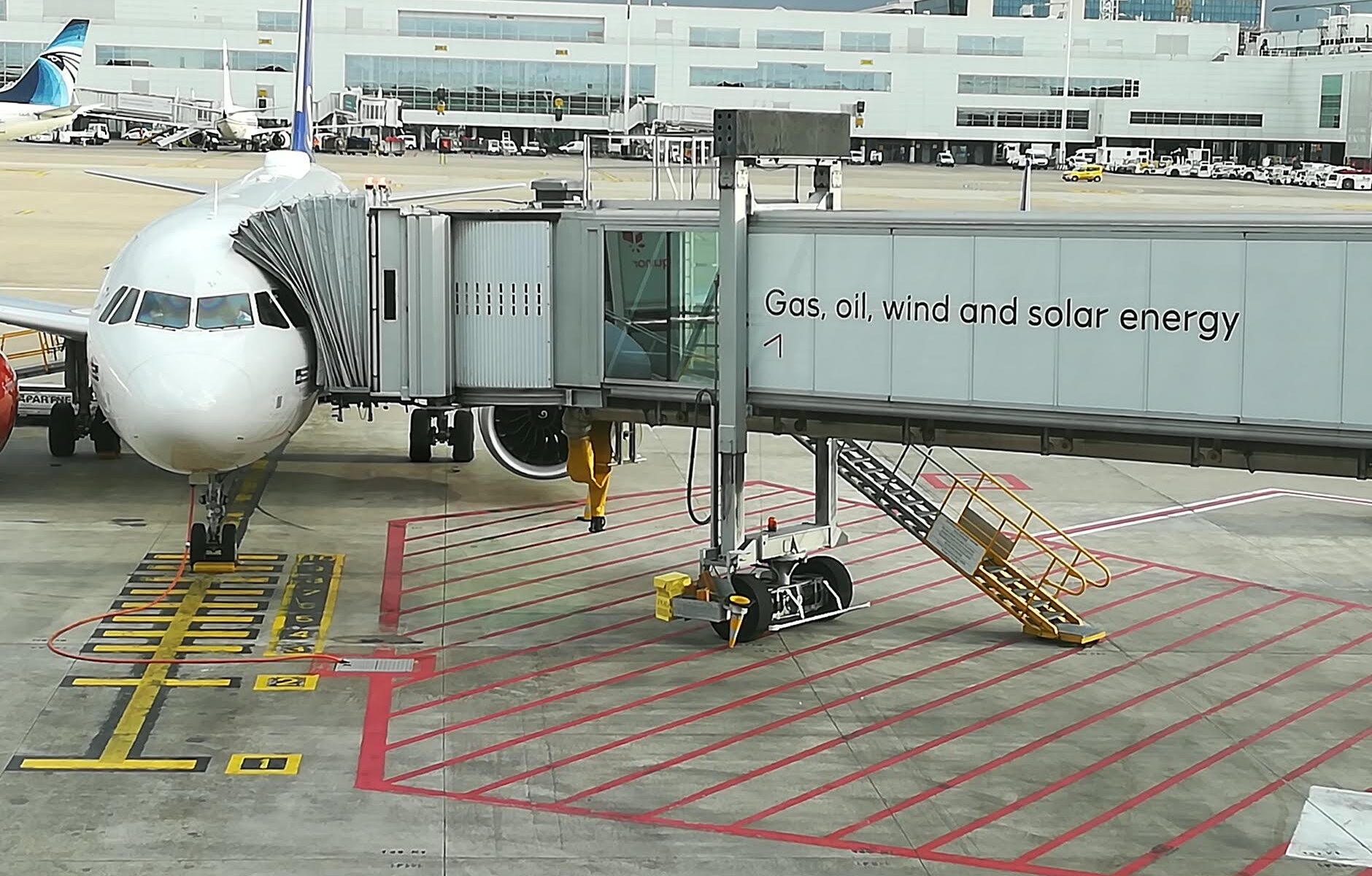Airliner’s fuel efficiency varies with age and usage
The fuel efficiency of airliners depends on the age of the airliner, the length of routes flown and the number of seats occupied..
1. Age of the aircraft
Of the 20,000+ airliners currently registered, 18,000 were designed more than 30 years ago. Their fuselages, wings and tails are more fuel thirsty then available newer designs. Because Boeing and Airbus have cancelled all plans for newer, more efficient aircraft, this old fashioned planes will consume much more fuel than necessary for another 20+ years. Due to the current and expected cheap prices for kerosene, AVIATION LACKS STIMULUS AND GUIDANCE to develop more efficient aircrafts.
2. Flight distance has a great influence
The sorter the distance an airplane covers, the greater the spoiling effects.
A) Aircraft’s specific fuel consumption is higher on shorter flights
See below the so called bath-tube like graph depicting fuel consumption versus flight range. Aircrafts achieve their peak efficiency in the thin air at height during cruise and when idling during descent, but jet engines become fuel-thirsty in thicker air during takeoff, climb and approach. The shorter a flight the more contribute fuel-thirsty phases. Flights shorter than 1:30h consume considerably more fuel than longer ones!
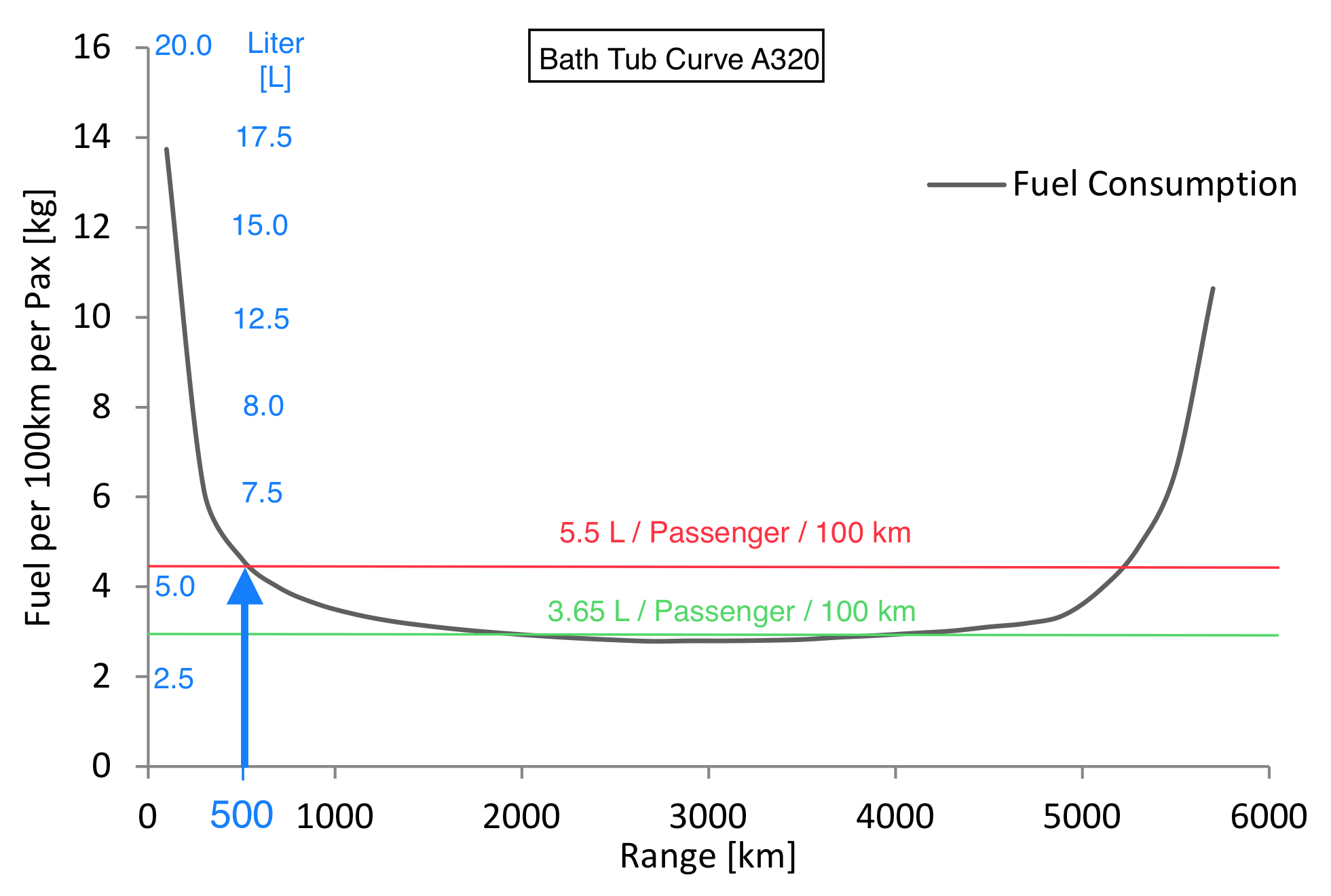
B) Detours during arrivals and departures
Arriving traffic has to keep a safe distance from departures. At many busy airports, this results in lengthy detours for arriving and departing aircrafts. This has a greater influence on the length of shorter flights than longer ones.
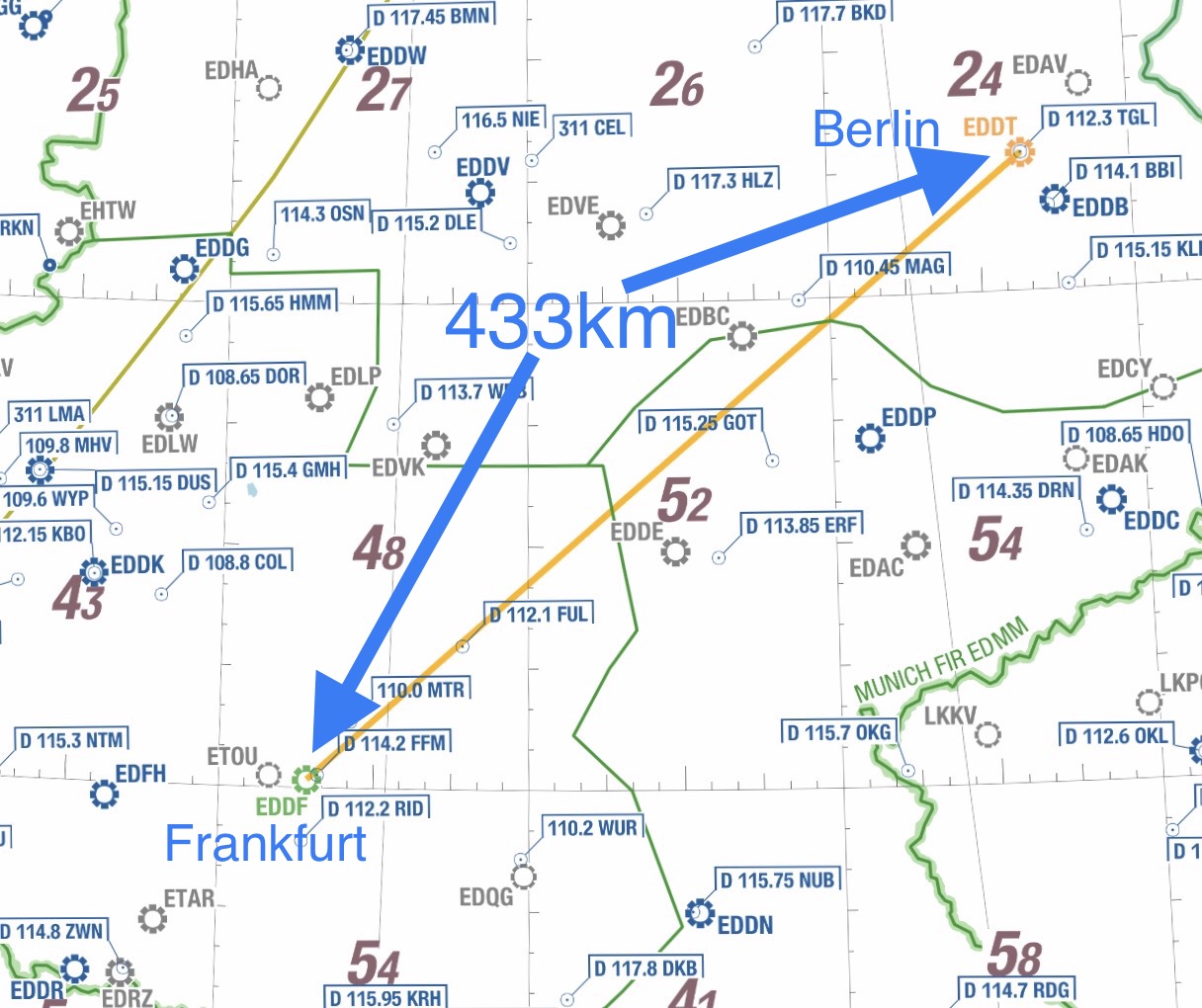
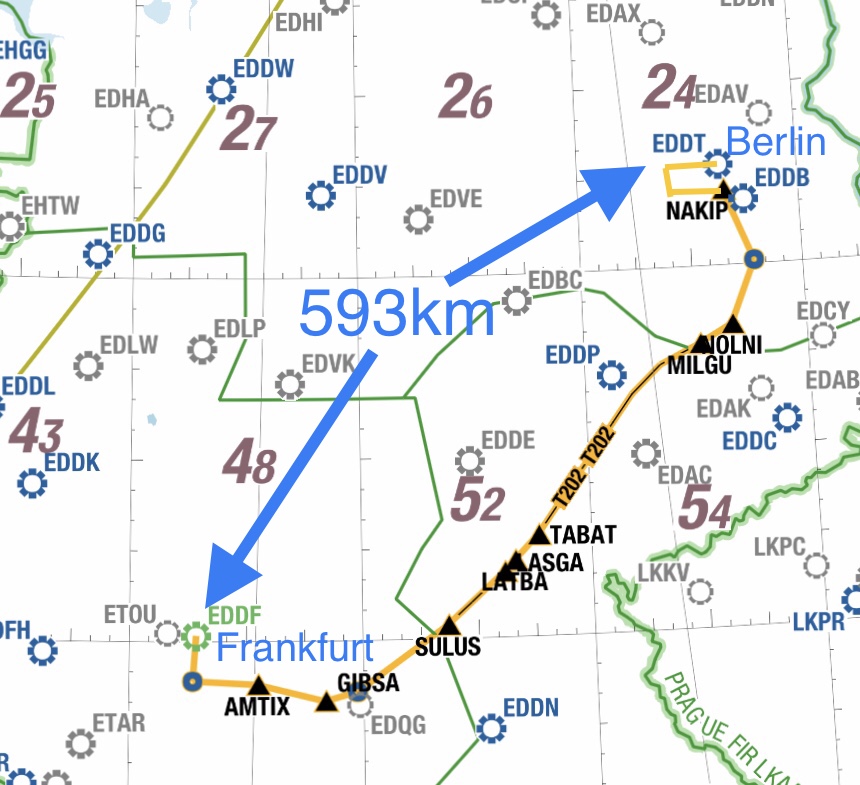
C) Wind dictates takeoff and landing directions
Aircrafts have to takeoff and land into the wind to remain within the available runway length. This can cause detours of up to 100 km, which increases the over all flight distance of shorter flights much more than on longer ones.
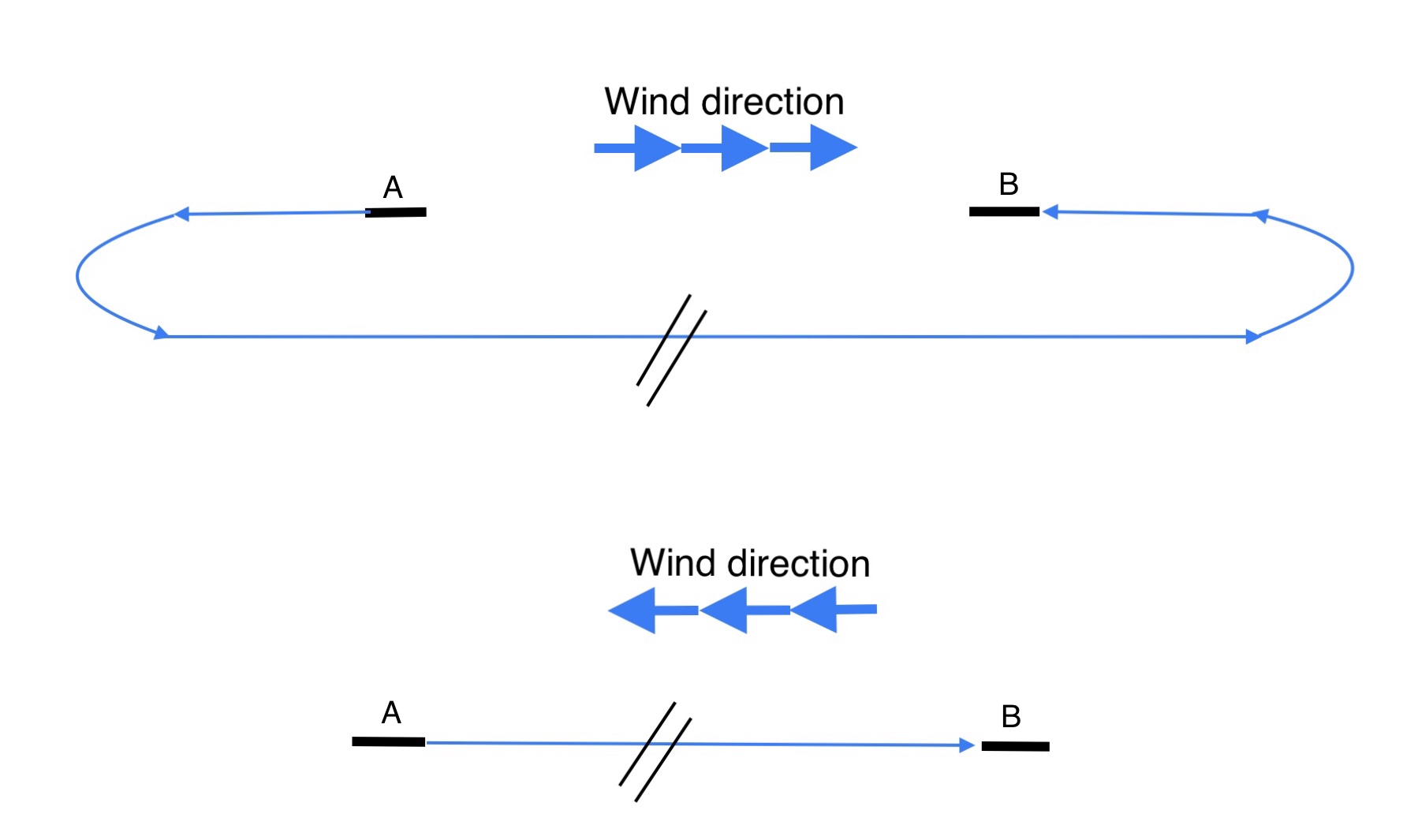
3. Seat occupation has a great influence too
Like a car, the more passengers an airplane holds, the less fuel per passenger it consumes. All airlines cramp therefore as many passengers as possible into their airplanes. Fully booked flights have a better fuel efficiency then empty ones.
